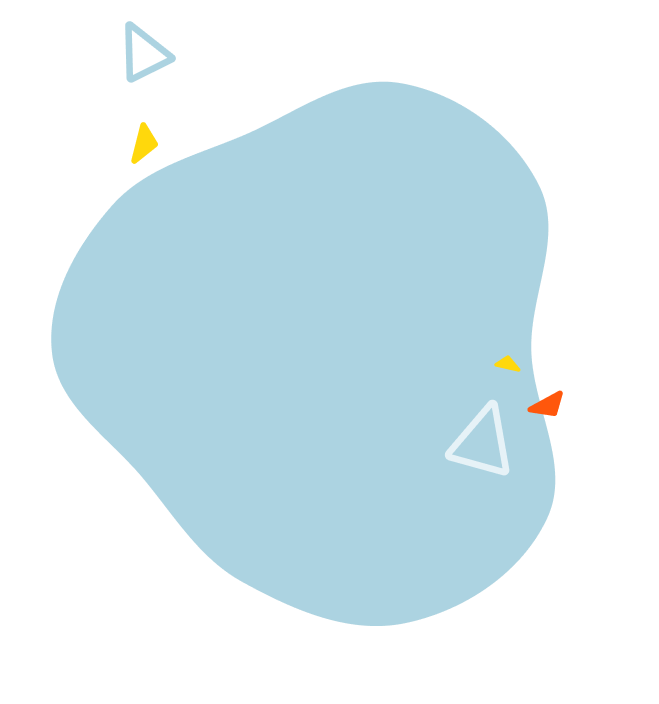Czech Cultural Nuances for Like and Love
After being in the Czech Republic for only a few years, it was strange to start seeing all of the advertisements for Valentine’s Day. Even today when I have zoom calls with friends from the US, it’s sometimes “weird” for me to hear them say “I love you.”
If you haven’t figured it out already, love, and like have very different cultural meanings between the US and the Czech Republic.
Coming from the US where the culture of personal expression has been more open, I’ve had to learn how to express simple phrases differently for: I loved that movie, I really like that place, I’d love to see you again, that cake was fantastic, that blouse is beautiful on you, and of course, I love you.
In Czech, it’s not so easy because expressing love or like depends on whether it’s a thing, food, clothes, or a person. I imagine for a Czech person learning English, it’s probably not as easy either to just love and like almost everything. So, let me break it down for you to make it somewhat easier. It’ll be up to you to train your brain to make the adjustment, so you can comfortably participate in conversations.
Things: Like and Love
This category is about things or objects, but rarely about food or clothes.
When someone shares about a movie you saw, and you want to say I loved that movie. Translation: Ten film se mi líbil. Or, if you really, really loved it, you could say: Tenhle film se mi velmi líbil. Tenhle film mám moc rád.
You see a car that you’ve always wanted and want to say: I love that car. Translation: Tohle auto se mi líbí. Notice that it’s in the present tense, not past tense. Or, if you really like it so much, you want to say, I would love to drive that car. Rád bych se v tomhle autě svezl..
You go to a gallery and see a painting or sculpture you really like. I really like this painting. Tento obraz se mi opravdu líbí.
Food: Like and Love
With foods, the expressions for like and love have to do with either just liking it, mit rád, or liking the taste, chutná mi ,.
If someone asks you, What do you want for lunch? Co chceš k obědu? Or, Do you want pizza for lunch? Máš chuť na pizzu?, which literally means, Do you have a taste for pizza. To either question, you could say, Mám rád pizzu. I really like pizza.
You go out to celebrate a birthday with friends, and you want to say, This cake tastes great. Tenhle dort chutná skvěle.
If the waiter or waitress asks you, Chutnalo vám? You can reply, I liked it by saying: Chutnalo mi to.
To express a quality of how good it was, you could say any of the following:
It tasted good. Chutnalo mi dobře.
It tasted superb. Chutnalo mi výborné.
It tasted excellent. Chutnalo mi vynikající.
It tasted really excellent. Chutnalo mi opravdu vynikající.
Clothing: Like or Love
Expressing whether you like a piece of clothing for yourself, or how it looks on someone else requires very different phrases.
If you like a piece of clothing for yourself, then you can use libit se.
I like this t-shirt. Tohle tričko se mi líbí.
I like this dress. Tyto šaty se mi líbí.
I like this jacket. Tato bunda se mi líbí.
But, if you like it on someone else, then you use a different verb, slušet
I like that t-shirt on you. To tričko ti sluší.
I like that dress on you. Ty šaty ti sluší.
I like that jacket on you. Ta bunda ti sluší.
If you love it on them, then you can say it this way:
To tričko ti moc / opravdu sluší.
Ty šaty ti moc / opravdu sluší.
To sako ti moc / opravdu sluší.
People: Like or Love
Between people, “love” is not as frequently expressed in the Czech language as it is in American English. It has its pluses and minuses. On the plus side, you don’t use it as trivially, so when you say it to someone, it really means something. On the downside, it can make you too cautious and a little closed to opening up and being close to someone.
The inside story from a few Czech friends is that Miluju tě, I love you, is used when the relationship is serious. Which means of course, it’s totally up to you. Until then, the common expression to use is Mám tě rád, which literally means I like you, but depending on the mood or the look you have in your eyes, it can also mean I love you.
My experience with this and also with a Czech partner is that even when you know the culture differences, it’s still more important to just be honest about your own feelings.
Love, or Like?
Knowing how to express if you like something a little or you love it a lot is the easy part. The challenge is synchronizing your brain so that you can be natural and spontaneous about it. That takes practice, and lots of it, or else you’ll pause and be thinking for too long. My experience is that people aren’t patient, in general. The solution? Think (and say out loud, if you dare) whenever you can express how much you like something you see in any store (a thing), something you eat at home or a restaurant (food), or when you see a person who looks nice (in what they’re wearing). Keep the phrases about how much you like or love a person for that special person.



















